Introduction
Do Pigs Shed: Pigs have long been regarded as some of the most fascinating and diverse animals on our planet. From their integral role in agriculture to their status as beloved pets and even symbols of good fortune in various cultures, pigs snore have left an indelible mark on human history. Yet, amid all the admiration and curiosity that surrounds these creatures, one question often goes unanswered. To delve into this intriguing aspect of porcine biology, we must first explore the complex world of pig species and their unique physiological characteristics. Pigs belong to the family Suidae, which encompasses a wide range of species, including wild boars, domestic pigs, and various other subspecies.
Each of these pig species has evolved over millennia to adapt to diverse environments and lifestyles, resulting in a myriad of physical attributes. Shedding, in the context of animals, typically refers to the process of losing and replacing hair or fur. Many mammals undergo this natural cycle as a means of regulating body temperature, removing damaged hair, or adapting to seasonal changes. In popular culture, images of dogs, cats, and even horses shedding their coats are commonplace.
But what about pigs these stout and often bristly creatures go through a similar process. As we explore the concept of shedding in pigs, we’ll embark on a fascinating journey into the world of porcine anatomy, behavior, and evolutionary history. We’ll also uncover the reasons behind any shedding that may occur and whether it varies among different pig species. A deeper understanding of this lesser-known aspect of pig biology and, perhaps, a newfound appreciation for these remarkable animals. So, let’s venture forth and uncover the mysteries of pig shedding.
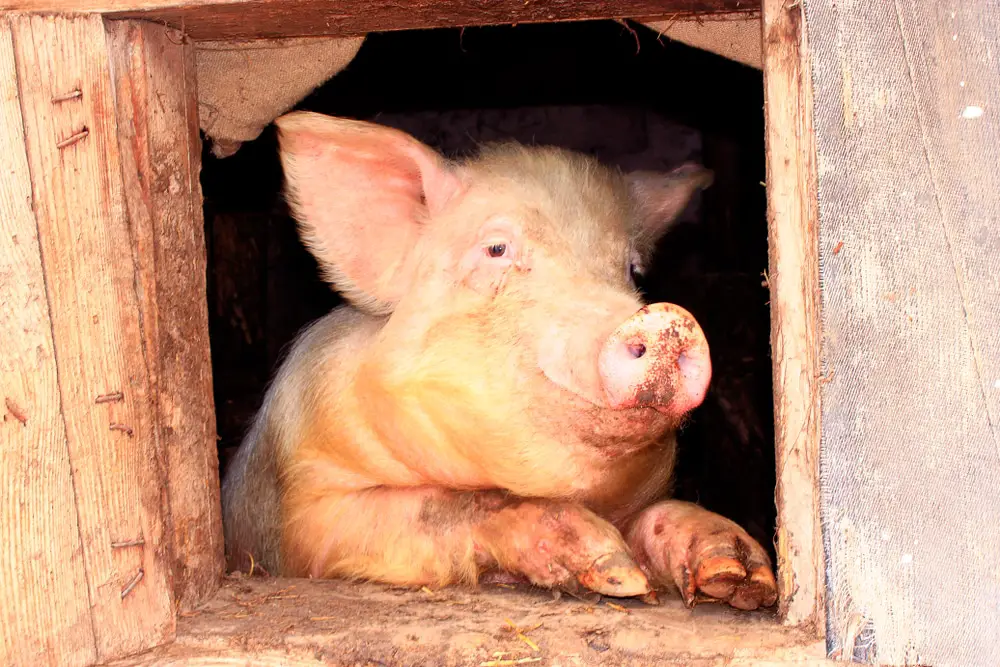
How much do pigs shed?
Since pigs have hair instead of fur, shedding is not as big of a deal as it is with some other types of pets. Shepherd says, “they shed once a year, it happens within a week’s time, usually in the spring, and starts at about two years old.” You should also brush your pig to avoid flaky skin.
Age: Young pigs, often referred to as piglets, typically have softer and finer hair that might not shed as conspicuously as the coarser hair of mature pigs. As pigs grow and mature, their hair may become coarser and more prone to shedding.
Health: The overall health of a pig can significantly impact its shedding patterns. Pigs experiencing stress, malnutrition, or health issues may exhibit more noticeable hair loss. Proper nutrition and veterinary care are essential to maintaining healthy skin and hair in pigs.
Environment: The living conditions and climate in which pigs are kept can also affect shedding. Pigs in outdoor environments may shed more during seasonal transitions when adapting to temperature changes. In contrast, indoor or climate-controlled settings may result in more consistent shedding patterns.
Seasonal Variation: While pigs do not typically undergo dramatic seasonal shedding like some animals, there can still be subtle variations in shedding patterns throughout the year. These variations are often linked to temperature and daylight changes, but they tend to be less pronounced than in animals with thicker fur.
Why do pigs shed their hair?
Blowing their coats is a healthy process. The hair sometimes comes out in patches just like other animals that change their coats seasonally. As soon as the hair falls out it typically starts to grow back. Look closely for tiny little hairs growing out of the skin.
One primary reason for pig hair shedding is temperature regulation. Pigs, like all mammals, strive to maintain an optimal body temperature. In warmer weather, they shed hair to reduce their insulation, allowing excess heat to escape from their bodies. This adaptation helps them stay cool and avoid overheating, especially in hot climates.
Conversely, during colder seasons, pigs may grow a denser coat to retain heat. This is not a traditional shedding process but rather a response to changing environmental conditions. Pigs have a remarkable ability to adjust their hair density to suit the prevailing weather, ensuring their comfort and survival.
Pigs, whether domestic or wild, lead active lives that can result in wear and tear on their hair. This includes scratching against objects, digging, and rooting in the ground. Over time, hair can become damaged or broken. Shedding old or damaged hair allows new, healthier hair to grow in its place, ensuring that the pig’s coat remains in optimal condition.
The shedding process in pigs can also be linked to their life stages. Piglets, for instance, are born with softer, finer hair. As they grow and mature, their hair becomes coarser and more bristle-like. This transition involves shedding the finer hair and growing the coarser bristles typical of adult pigs.
How often do pigs lose their hair?
Your pot bellied pig will most likely shed or “blow its coat” at least once a year. Some will do this twice a year. They may loose their hair all at once or in stages. Once this shedding starts you can easily pull the hair out by the handfuls to help your pig along.
The frequency of hair loss in pigs can be age-dependent. Piglets are born with soft and fine hair, which gradually transitions to coarser bristles as they mature. This transition involves shedding the finer hair and growing the characteristic bristle-like coat of adult pigs. The shedding process related to age can be more noticeable in piglets compared to mature pigs.
Different pig breeds exhibit variations in their shedding patterns. Some breeds, such as those with longer hair or unique coat characteristics, may shed more noticeably than others. The frequency of hair loss can be influenced by the genetic makeup of the breed.
The health and nutritional status of a pig can significantly affect its shedding patterns. Healthy pigs with a balanced diet are more likely to have consistent and healthy hair growth. Conversely, pigs experiencing health issues or malnutrition may exhibit more pronounced hair loss. Proper veterinary care and nutrition are crucial for maintaining healthy skin and hair in pigs.
The environment in which pigs are kept can also impact their shedding frequency. Pigs in outdoor environments may experience subtle variations in shedding related to seasonal changes in temperature and daylight. Indoor or climate-controlled settings, on the other hand, may result in more consistent shedding patterns.
Do pigs shed hair?
Care. Believe it or not, pigs don’t need to be bathed as often as dogs. They don’t shed like a dog or cat, but they lose their hair once a year. This usually occurs in the spring and is usually over in a week’s time.
Continuous Shedding: Unlike some animals that undergo seasonal shedding, pigs have a more continuous and gradual shedding process. They lose hair throughout the year, rather than in distinct seasonal cycles. This continuous shedding is more subtle and may not be as noticeable as the shedding of animals with thicker fur.
Hair Type: Pigs have different types of hair, depending on the breed and individual characteristics. Some pigs have coarser bristles, while others have softer hair. The shedding of hair can vary based on these characteristics. Pigs with coarser hair may shed more noticeably, while those with finer hair may have less visible shedding.
Environmental Factors: The shedding of pigs can also be influenced by their environment. Pigs in outdoor settings may shed more during seasonal transitions as they adapt to changes in temperature and daylight. Indoor or climate-controlled environments may result in more consistent shedding patterns.
Health and Nutrition: The overall health and nutritional status of a pig can affect its shedding patterns. Pigs that are in good health and receive a balanced diet are more likely to have healthy skin and hair. Conversely, pigs experiencing health issues or malnutrition may exhibit more pronounced hair loss.
Do pigs lose hair in summer?
Potbellied pigs are native to humid, tropical climates, so it’s common to see dry, itchy skin. Pigs can shed bristles in the summer and grow them back in the winter. To ensure that your pigs have the best possible coat, brush them regularly and feed a healthy, balanced diet.
Breed Variation: Different pig breeds have varying hair characteristics. Some pig breeds have shorter, coarser hair or bristles, while others may have longer and softer hair. Breeds with longer hair may appear to lose more hair during the summer, as the change is more noticeable.
Natural Shedding: Pigs, like most mammals, continuously shed hair throughout the year as part of their natural grooming and skin maintenance process. This shedding is more gradual and less noticeable than the seasonal shedding of animals with fur. During the summer, pigs may continue to shed hair, replacing old or damaged hair with new growth.
Temperature and Climate: Pigs are sensitive to temperature changes and may adapt their hair thickness accordingly. In hotter climates, pigs may shed more hair during the summer to help them stay cooler. Shedding some of their hair can reduce insulation and allow for better heat dissipation.
Environmental Conditions: Pigs in outdoor environments may experience more noticeable shedding during the summer months. They may shed to adjust to the increased heat and sunlight. However, pigs kept indoors or in climate-controlled settings may have more consistent shedding patterns throughout the year.
Are pigs very hygienic?
Pigs are naturally quite hygienic. They designate specific sites for their waste, keeping their eating and sleeping areas clean and tidy. The reason they get so muddy? Wallowing in mud baths keeps them cool—and helps prevent sunburn.
In the wild, pigs are known to wallow in mud to cool off, protect themselves from sunburn, and remove parasites. This behavior, known as “mud wallowing,” might seem unclean, but it serves purposes for wild pigs. The mud acts as a natural sunscreen and relief from insect bites. It also helps them regulate body temperature in hot climates.
Domesticated pigs, such as those raised on farms, have somewhat different hygiene habits. Pigs are naturally inclined to designate certain areas for waste disposal, known as “latrines.” In well-managed pig farms, these areas are separate from their living and feeding spaces, helping to maintain cleanliness.
Pigs are relatively clean in terms of grooming themselves. They use their snouts to scratch and clean their bodies, much like dogs and cats. They also groom each other as a social behavior, which helps in keeping their skin and hair in good condition.
Pig hygiene depends significantly on the cleanliness of their living quarters. Pigs kept in clean and well-maintained environments are likely to be cleaner themselves. Regular removal of waste, proper bedding, and access to clean water are essential for maintaining hygienic conditions.
Why are pigs so itchy?
This is often simply dry skin where low humidity has dried out the external layers. If a pig seems particularly itchy, though, this could mean a more serious problem. Sarcoptic mange is caused by a mite (Sarcoptes scabiei var suis) that lives in the skin.
One of the primary reasons for itching in pigs is skin irritation. Pigs may develop skin irritations due to various factors, including environmental conditions, contact with certain substances, or allergies. Environmental factors, such as excessive moisture or heat, can lead to skin problems like fungal or bacterial infections, which can cause itching. Contact with rough or abrasive surfaces, such as wire fencing or concrete floors, can also irritate a pig’s skin and lead to itching.
Parasitic infestations are a common cause of itching in pigs. External parasites like mites, lice, or ticks can infest a pig’s skin and cause intense itching and discomfort.
Internal parasites, such as roundworms or mange, can also lead to itching when they migrate through the skin or cause allergic reactions. Pigs, like humans, can develop allergies to various substances, including certain foods, bedding materials, or environmental allergens like pollen or dust.
Allergic reactions can manifest as skin itching and rashes. Poor nutrition or imbalanced diets can result in skin problems that lead to itching. Pigs require a balanced diet to maintain healthy skin and coat. Overeating or rapid changes in diet can also lead to digestive issues, which may indirectly affect the skin and cause itching.
Do pigs itch a lot?
Pigs can also be prone to parasitic skin infections such as mites. These mites can burrow under your pig’s skin and make them terribly itchy, in turn causing them to scratch that itch and further irritate the skin. These infections can come from a variety of parasites and may look very different from one another.
The overall health of a pig’s skin plays a significant role in how much they itch. Pigs with healthy skin are less likely to experience excessive itching. Factors that contribute to good skin health include cleanliness, proper grooming, and protection from harsh environmental conditions.
The pig’s living environment can influence how much they itch. Pigs kept in clean, dry, and well-maintained enclosures are less likely to develop skin irritations that lead to itching. Pigs exposed to excessive moisture or heat, such as muddy or humid conditions, may be more prone to skin issues and itching.
External parasites like mites, lice, or ticks can cause intense itching in pigs. The extent of itching depends on the severity of the infestation. Regular inspection and treatment for parasites can help reduce itching caused by infestations.
Pigs can develop allergies to various substances, including certain foods, bedding materials, or environmental allergens. Allergic reactions can lead to itching. The frequency and intensity of itching due to allergies may vary depending on the specific allergen and the pig’s sensitivity.

Conclusion
In the shedding of pigs, while not as prominent or well-known as in some other mammals, does indeed occur, albeit in a more subtle and limited manner. The world of pig shedding has illuminated several key insights into the biology and behavior of these fascinating animals. One of the primary findings is that the shedding process in pigs is not as uniform or widespread as it is in some other species. While dogs and cats may shed copious amounts of fur, often in response to seasonal changes, pigs generally have a more controlled and gradual shedding pattern. Pigs tend to lose hair or bristles continuously, rather than in distinct, seasonal cycles.
This shedding serves functions, such as maintaining skin health, removing damaged hair, and adapting to environmental conditions. Additionally, our investigation has revealed that the extent of shedding can vary among different pig breeds and subspecies. Domesticated pigs, like the commonly known farm pig, often exhibit less shedding compared to their wild counterparts, like wild boars. This difference can be attributed to selective breeding and the controlled environments in which domestic pigs are raised. Wild pigs, on the other hand, need to adapt to the changing seasons and environmental factors, leading to more noticeable shedding.
Understanding pig shedding is not only an interesting biological aspect but also has practical implications for pig care and management. Farmers and pig owners must be aware of the subtle shedding patterns to ensure the health and well-being of their animals. Proper grooming, nutrition, and environmental conditions are crucial to support pigs in their shedding process. While pigs may not shed with the same fanfare as some other animals, they do undergo a gradual and continuous shedding process. This process is a testament to their remarkable adaptability and the intricate ways in which they have evolved to thrive in various environments.

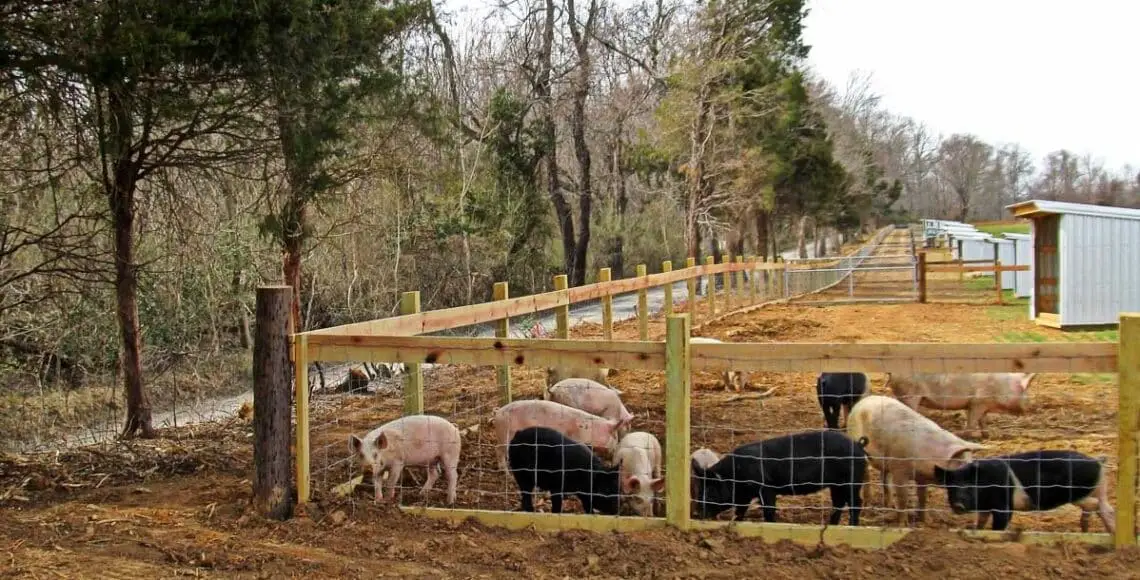
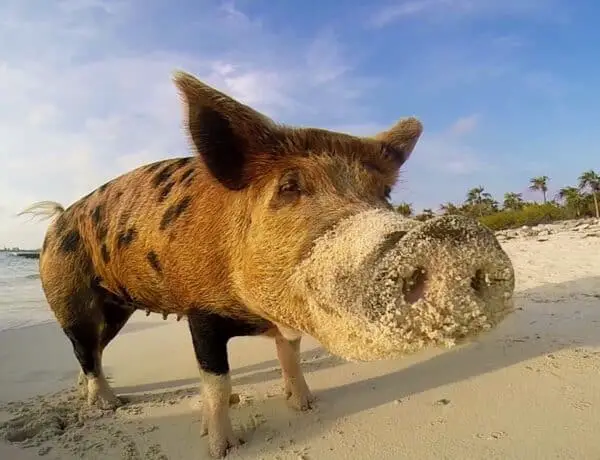
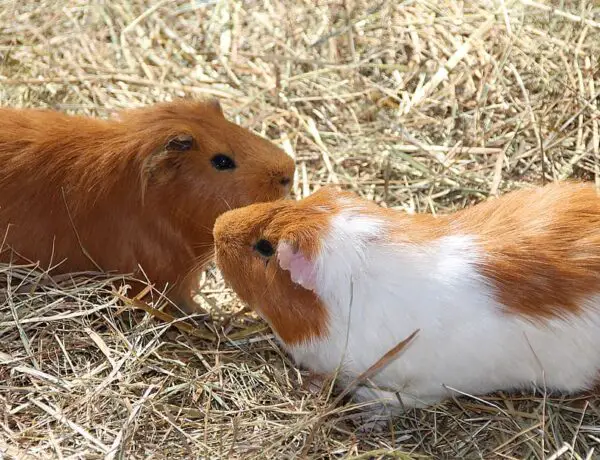
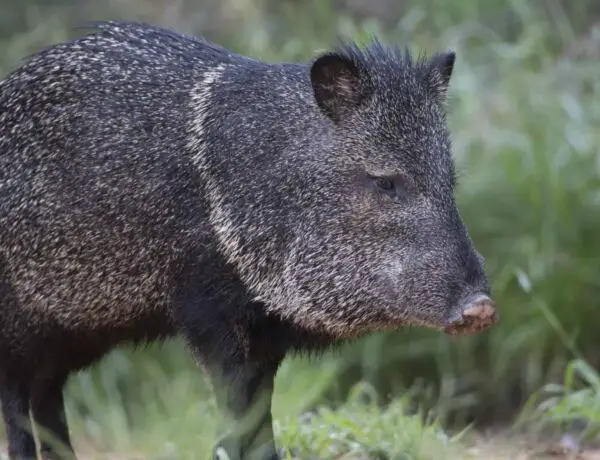
No Comments